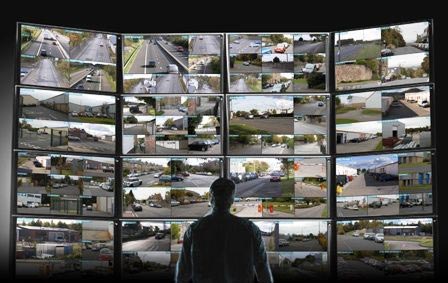Today, video surveillance cameras are included in the circle of familiar things around us, although literally recently they were perceived as something special.
 To date, the so-called IP cameras are most popular. Such devices create an image from which the video stream is generated, which is then transmitted over the network thanks to the TCP / IP protocol in real time, more can be found here - video surveillance Price. Modern network cameras, as they are also called, are capable of creating images with a resolution of HD and FULL HD. The essential advantage of these cameras is the lack of the need for direct connection to the computer.
To date, the so-called IP cameras are most popular. Such devices create an image from which the video stream is generated, which is then transmitted over the network thanks to the TCP / IP protocol in real time, more can be found here - video surveillance Price. Modern network cameras, as they are also called, are capable of creating images with a resolution of HD and FULL HD. The essential advantage of these cameras is the lack of the need for direct connection to the computer.
Unlike the former, analog video surveillance systems, the installation of modern surveillance systems via the Internet does not represent a special difficulty - it can be installed any system administrator, which approximately knows the principle of operation of this device, which is the reason for the popularity of these devices, however, Ideally, Do specialized organizations. However, there are its subtleties here.
Let's start with the camera. Compared to an analog IP camera consumes more power: it consumes up to 10 W. If we talk about the All-weather version, then here you still need to talk about heating at negative temperatures and the total capacity reaches here 20-30 W. In other words, in addition to our chamber when installing, we have a rather big and powerful power supply, which must be connected to the source of the external, predetermined by a voltage of 220 V and a frequency of 50 Hz. And this means that we also need to connect an overvoltage protection device in this line.
We go further. The camera output connects to the system directly using the RJ-45 connector (Ethernet 100Base -TX interface). When it uses twisted pair of the 5th category. This cable ensures the transmission of the signal without interference to the distance of no more than 100 meters. This means that at the installation site of the next camera, the signal from the previous one needs to be fully restored and transmitted with the next chamber signal and so until the need to use fiber optic, which is fraught with the appearance of induced stresses. In other words, you need to connect a device to protect the Ethernet line from induced stresses.
In short, such components must go to the installation: IP camera, power supply, an Ethernet network reduction device and a line protection device in 220 V.













 Start a discussion ...
Start a discussion ...